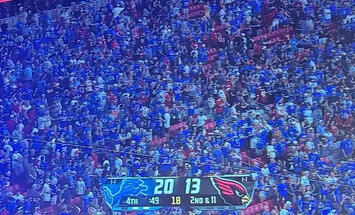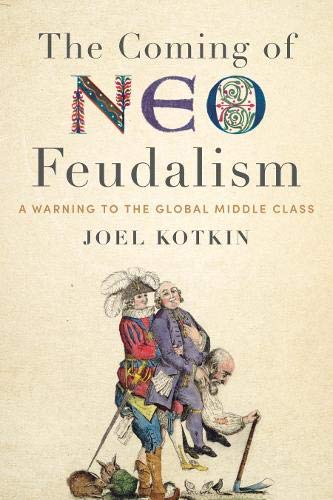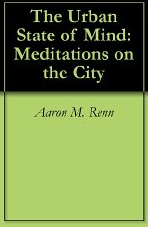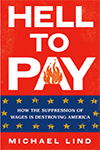
So the Super Bowl is set, and the Detroit Lions are not in it.
It was tough watching my Detroit Lions go down two weekends ago to the Washington Commanders in the NFC divisional round of the playoffs. However, the Lions, historically one of the National Football League’s sad-sack teams, had a spectacular season. The team had an explosive, high-scoring and entertaining offense, and could make a case for being the nation’s most popular team during the 2024 season.
That kind of popularity isn’t something that Detroiters are accustomed to, but it’s something that played out over the course of this season, and last season as well. The Lions’ success meant fans were willing to pack visiting stadiums across the country. The picture above shows Lions fans cheering their team in Glendale, AZ, but there were similar takeovers at games in Houston and San Francisco as well.
I noticed this, and it got me thinking. Yes, there are plenty of Detroiters who love traveling to follow their winning team. For the first time in a generation, the Lions are playing well enough for their fans to follow them. But there are plenty of former Detroiters in the country who moved away and proudly retained their fan cards. What’s more, there are children of former Detroiters who inherited their fandom from their parents, and religiously follow them today.
Take my brother, 14 years younger than me. He was barely two years old when our family moved from Detroit. Since then my brother’s lived in central Indiana, Chicago and New York City over the next 40+ years. He’s a New Yorker now, having been in Brooklyn for 17 years. He married a Brooklyn native. They have a child together. But my brother’s a die-hard Detroit sports fan.
My point is, Detroit ex-pats and the broader Detroit diaspora is out there. There’s a Detroit diaspora because there are so many Detroiters who left for other places. In 1970, Detroit’s six-county metro area had 4.4 million people. Fifty years later in 2020, Detroit’s six-county metro area had… 4.4 million people. There were plenty of people who were born, lived and died there, and people who migrated there as well. Yet the only way that an entire metro area can go 50 years with virtually no change in population, without a substantial decrease in births or increase in deaths, or both, is for there to be a huge net loss in migration.
Members of the Detroit diaspora can be found anywhere.
This leads to an interesting proposition for Rust Belt cities like Detroit. From an economic and social standpoint, the narrative around the Motor City is perhaps better than at any other time in my (long) lifetime. And as the narrative about the city continues to improve, it’s conceivable that there’s a portion of the diaspora that might be willing to return. If they did, they could figure prominently in Detroit’s long-term revitalization prospects. The same can be said for Buffalo, Chicago, Cleveland, Pittsburgh, St. Louis, and other Rust Belt cities.
Sound crazy? It’s not.
Read the rest of this piece at The Corner Side Yard.
Pete Saunders is a writer and researcher whose work focuses on urbanism and public policy. Pete has been the editor/publisher of the Corner Side Yard, an urbanist blog, since 2012. Pete is also an urban affairs contributor to Forbes Magazine's online platform. Pete's writings have been published widely in traditional and internet media outlets, including the feature article in the December 2018 issue of Planning Magazine. Pete has more than twenty years' experience in planning, economic development, and community development, with stops in the public, private and non-profit sectors. He lives in Chicago.
Photo: Detroit Lions football fans at State Farm Stadium in Glendale, AZ, September 22, 2024, via facebook.com












